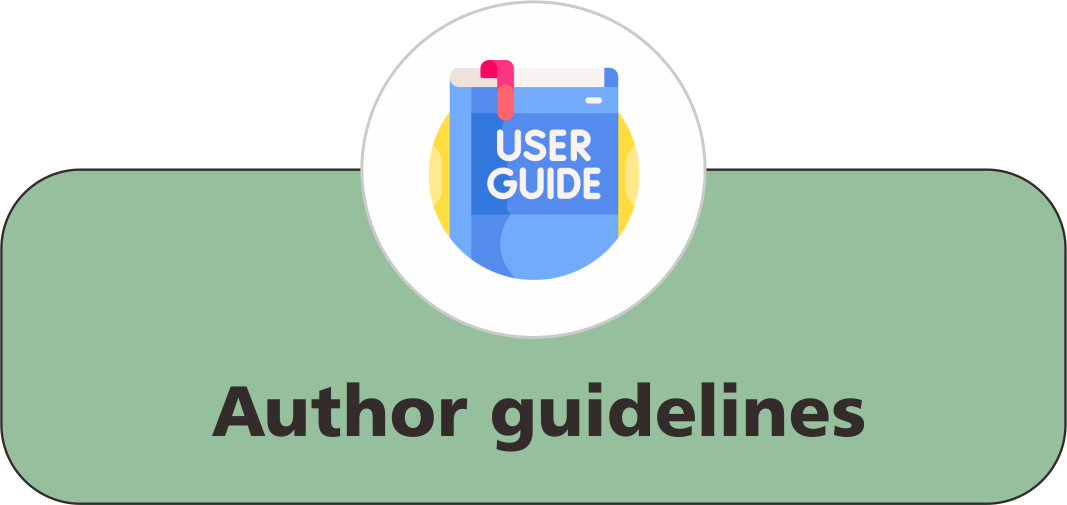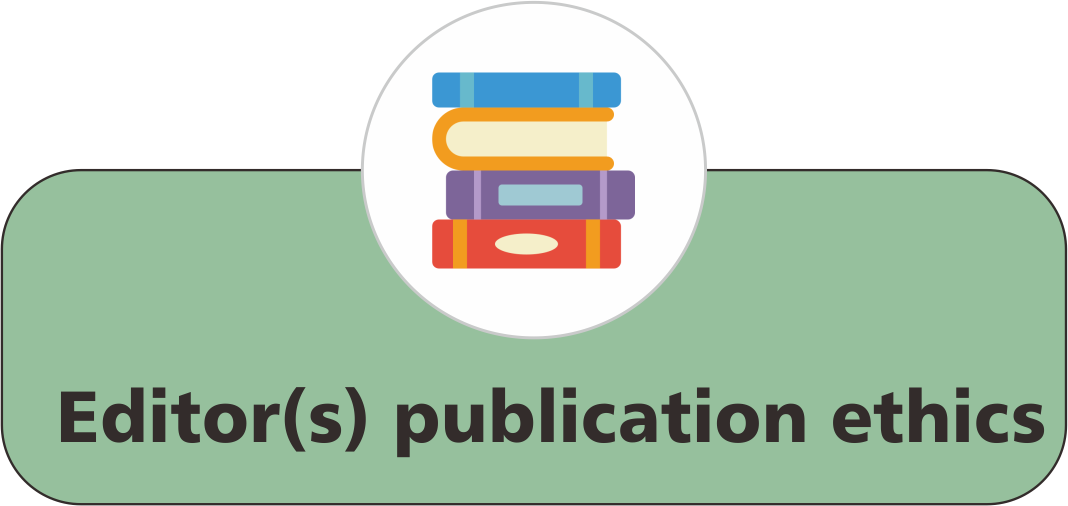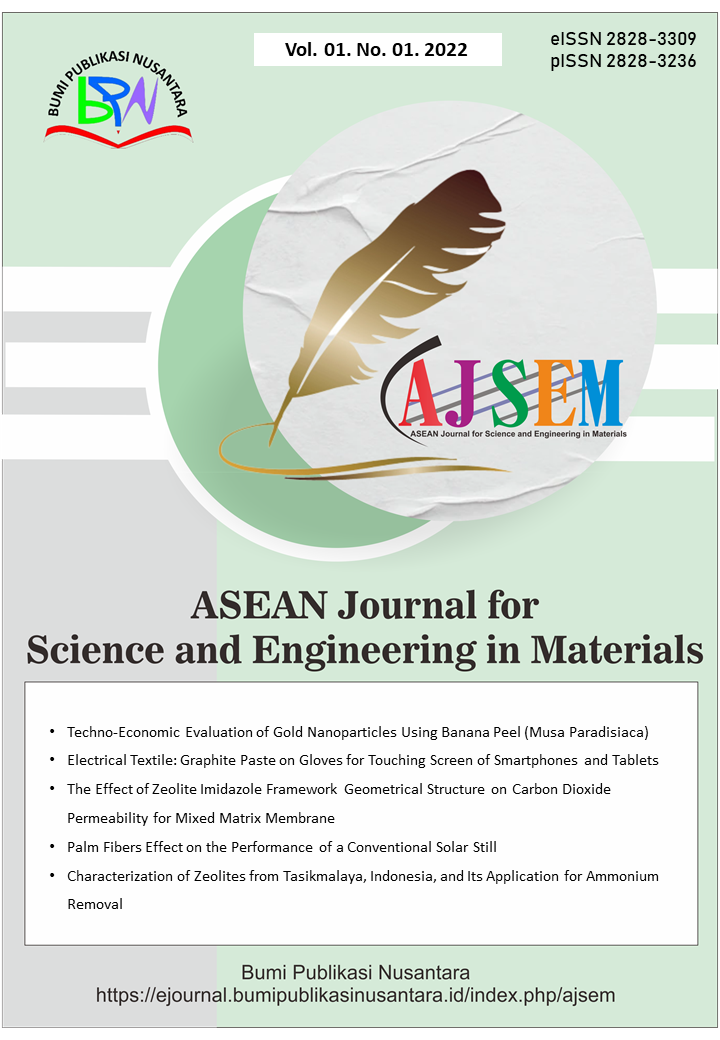Electrical Textile: Graphite Paste on Gloves for Touching Screen of Smartphones and Tablets
 ),
),
(1) Universitas Pendidikan Indonesia
 Corresponding Author
Corresponding Author
Abstract
Keywords
References
Aracil, M. Á. B., Bou-Belda, E., Monllor, P., and Gisbert, J. (2016). Binder effectiveness of microcapsules applied onto cotton fabrics during laundry. The Journal of The Textile Institute, 107(3), 300-306.
Bae, J., Hong, K. H. (2013). Electrical Properties of Conductive Fabrics for Operating Capasitive Touch Screen Displays. Textile Research Journal, 83(4), 329.
Dharmaratne, G. S. (2020). The Comparison of Various Solution Effectivity on the Dilution of Cerumen Obturans in Vitro. International Journal of Science and Society, 2(3), 161.
Do, Q. D., Angkawijaya, A. E., Tran-Nguyen, P. L., Huynh, L. H., Soetaredjo, F. E., Ismadji, S., et al. (2014). Effect of extraction solvent On total phenol content, total flavonoid content, and Antioxidant activity of limnophila aromatica. J Food Drug Anal, 296-302.
Giannoulis, A., Karanikas, E., Eleftheriadis, I., Nikolaidis, N., and Tsatsaroni, E. (2016). Color Fastness to Crocking Improvement of Indigo and Sulphur Dyed Cellulosic Fibres. International Journal of Advanced Research in Chemical Science, 10(3), 51.
Kaynak, A., Foitzik, R. (2011). Methods of Coating Textiles with Soluble Conducting Polymers. Research Journal of Textile and Apparel (RJTA), 15(2), 107-113.
Kazani, I., Hertleer, C., De Mey, G., Schwarz, A., Guxho, G., Van Langenhove, L. (2012). Electrical Conductive Textiles Obtained by Screen Printing. Fibres & Textiles in Eastern Europe, 20(1), 90.
Schäl, P., Junger, I. J., Grimmelsmann, N., and Ehrmann, A. (2018). Development of graphite-based conductive textile coatings. Journal of Coatings Technology and Research, 15(4), 875-883.
Smith, R. E. G., Davies, T. J., Baynes, N. de B., Nichols, R. J. (2015). The Electrochemical Characterisation of Graphite Felts. Journal of Electroanalytical Chemistry, 747, 3493.
Yu, X., Mou, H., & Zhang, Y. Y. (2013). Research on Alginate Fiber and its Application to Textiles. Advanced Materials Research, 821–822, 68–71.
Article Metrics
Abstract View : 1440 times
: 1440 times Download : 1049 times
Download : 1049 times
Refbacks
- There are currently no refbacks.
Copyright (c) 2022 ASEAN Journal for Science and Engineering in Materials









